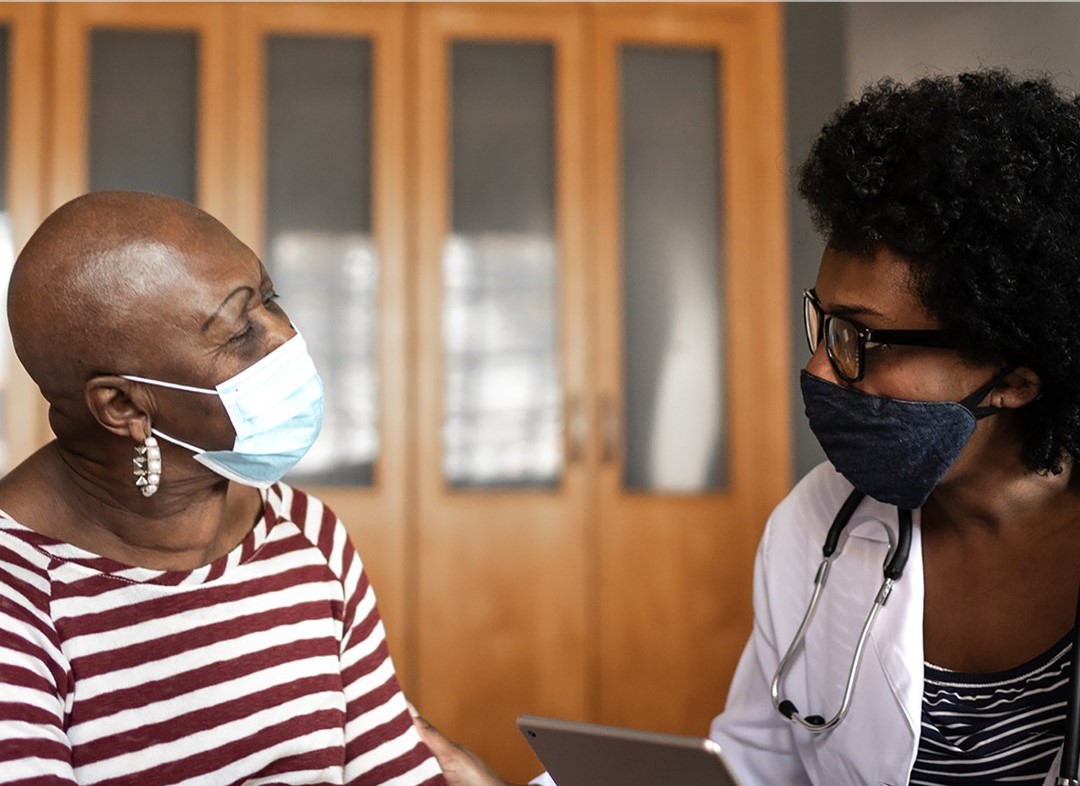More people are seeing a lift in their mood as the coronavirus pandemic wanes, with higher numbers of people saying they feel joy and hope and fewer feeling fatigue or fear, according to a recent survey by AdventHealth.
That’s a welcome change as COVID-19 cases are leveling off, but not everyone will see an improvement in their mental wellness at the same rate, said Dr. Luis Allen, psychiatrist and medical director of the Center for Behavioral Health at AdventHealth Orlando, at a press briefing at the end of June 2021.
“Definitely you are seeing more optimism,” Allen said. “We have a group of patients still experiencing symptoms of depression; in fact, it’s becoming even more pronounced now. We want to make sure they can reach out and get help, and not feel that they are strange or something is odd for them.”
A survey of respondents across AdventHealth markets in seven states showed people are feeling more positive emotions and fewer negative emotions in recent weeks for the first time since the pandemic began. But “fatigue” remains the dominant emotion among respondents.

Neuropsychologist Michael Westerveld, Ph.D., said he’s noticed children are experiencing more “every day” worries that were common before the pandemic, though the last year of disruptions to school and daily life have exacerbated those in some cases.
The survey also showed 60% of respondents said they are wearing masks whenever they can’t social distance, the lowest rate since the start of the pandemic. The drop isn’t unexpected given that the Centers for Disease Control issued less stringent guidance for people who are fully vaccinated.
Allen and Westerveld noted, however, that it’s normal for some people to want to continue wearing masks, possibly for a long time to come. Mask wearing proved effective in helping reduce the spread of illness and allowed people to have some control over their exposure to the virus.
“Any time something becomes so pervasive, any shift is awkward at first,” Westerveld said. “It’s going to take a while to get used to and some people will continue to wear masks going forward for a long time.”
Image credits: Feature photo – AARP; article body photo – CDC.






